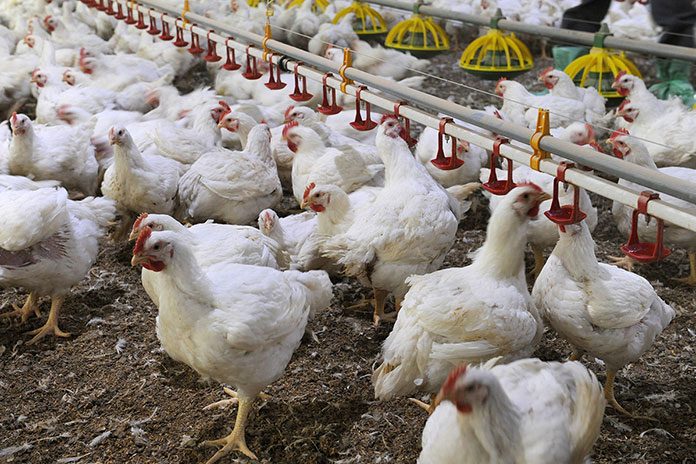
Two surveillance systems have been established in France for the monitoring of antimicrobial resistance (AMR) in Salmonella enterica subsp. enterica isolated from the agro-food chain:
1 – The passive event-based Salmonella Network (PS) and,
2 – The mandatory active surveillance system (AS) regulated by the European Commission. This parallel monitoring provides an excellent opportunity to gain new knowledge in AMR surveillance through the exploration of trends in diversity and resistance profiles, as well as an understanding of the emergence of new phenotypes using historical data collected by passive and active surveillance systems.
Materials and methods
Three food animal populations were investigated in this study: laying hens, broilers and fattening turkeys, which have been continuously monitored through PS and AS since 2008. The AS system requires antimicrobial susceptibility testing against a panel of 15 antimicrobials for a minimum of 170 Salmonella isolates per poultry sector each year.
All bacterial isolates (e.g. representing animal health, food, or feed) collected through the PS surveillance system were tested for antimicrobial susceptibility for a similar panel of 15 antimicrobials. To perform a retrospective analysis, 2015 Clinical Laboratory Standards Institute clinical breakpoints were used to harmonize and interpret the antimicrobial minimum inhibitory concentrations of all isolates.
Results and conclusions
This study was performed to determine if the two surveillance systems produced similar
findings in poultry production over time. Direct comparison of PS and AS in terms of total resistant phenotypes, the prevalence of resistance to certain antimicrobials, and measures such as yearly trends in AMR among regulated Salmonella serovars in poultry will be evaluated and presented. Assessment of the PS and AS systems will be beneficial to inform stakeholders for future designs of surveillance programs to provide a cost effective means to make the most informed regulatory decisions regarding AMR in the agro-food chain.

















